The INSPIRATION project - Industrial heritage of Trbovlje, Slovenska Bistrica, Labin and Rijeka through the development of cultural tourism
The main goal of the INSPIRATION project is to encourage the revitalization of cities rich in industrial heritage in Slovenia and Croatia - Trbovlje, Slovenska Bistrica, Labin and Rijeka - by creating new tourist content to revive formerly active industrial facilities. Four project cities with a rich industrial history are the main locations of the new cross-border tourist route, which takes visitors from the sawmills and mills of Pohorje, through Trbovlje and Labin mines all the way to the port of Rijeka.
The coal mine played a key role in the town of Trbovlje and the entire Zasavje region, as the entire industrial and economic development of the Zasavje region was based on coal mining industry. In addition to influencing the development of coal mining, the mine also influenced the development of other industries in the region. The owners of the mines built or participated in the construction of most important public facilities in the region, such as residential, cultural, hospital and school facilities, while the mines extracted coal for heating and electricity production for the whole of Slovenia.
Coal Mine
Prior to the discovery of coal, Zasavje was predominantly agricultural area, since a layer of coal in many areas was covered with a thin layer of earth that hid coal from view. In the Trbovlje valley, "black coal" was officially mined and sold under the leadership of Franz Maurer in 1804. The Trbovlje Coal Mining Company (Trbovlje Coal Mining Company - TPD), based in Vienna, was founded in 1872 and operated in Zasavje until the end of the Second World War. After the liberation, the Zasavje coal mines became state property. In the following period, the coal mine was part of various organizational forms, until 1996, when it began operating as RTH, Premogovnik Trbovlje - Hrastnik, d.o.o, whose sole founder and owner is the Republic of Slovenia. Since February 2019 the company is in liquidation. At the end of December 2018, the National Assembly of the Republic of Slovenia adopted the Act on the Gradual Closure of the RTH, i.e. extending the closure of the mine until the end of 2020. Since then, the mine has been used as a venue for many tourist and sports events such as the Perkmandeljc hikes, the Cave-Atlons and the Cave Marathon, some of which run in the caves and some in the open.
Trbovlje Thermal Power Plant is the largest energy facility in Zasavje. Along the Sava River, there are production facilities and dedicated technological installations on the left bank of the river, and warehouses and garages on the right bank, as well as a large covered parking lot and drinking water supply facilities.
In addition to the coal mine, TPPT represented a unique basis for the development of other factories and plants, industrial and craft facilities, transport and social activities in Zasavje and Slovenia. Today, the thermal power plant and the Largest chimney in Europe are no longer in operation. Climbing the chimney is also prohibited. Termoelektrarna Trbovlje has been operating as HSE - energy company Trbovlje d.o.o since 2018 and is looking for new possibilities for facilities, also in connection with tourist projects.
Workers' Cultural Center Trbovlje
Kulturni dom Delavski kulturni dom Trbovlje is the central cultural institution in the municipality of Trbovlje. The Cultural Center provides a cultural program throughout the year, including events representing amateur local culture and contemporary art production. The most famous event is the Speculum Artium Festival of New Art Culture, which celebrated its 10th anniversary in 2018. Over the decade, the festival has established itself as one of the leading festivals of new media art in Slovenia and one of the renowned European festivals.
Virtual museum of mining ‘4. dritl ’
Trbovlje Thermal Power Plant is the largest energy facility in Zasavje. Along the Sava River, there are production facilities and dedicated technological installations on the left bank, and warehouses and garages on the right bank, as well as a large covered parking lot and drinking water supply facilities.
In addition to the coal mine, TPPT represented a unique basis for the development of other factories and plants, industrial and craft facilities, transport and social activities in Zasavje and Slovenia. Today, the thermal power plant and the chimney are no longer in operation. Climbing the chimney is also prohibited. Termoelektrarna Trbovlje has been operating as HSE - energy company Trbovlje doo since 2018 and is looking for new possibilities for facilities, also in connection with tourist projects.
Workers' Cultural Center Trbovlje
Kulturni dom Delavski kulturni dom Trbovlje is the central cultural institution in the municipality of Trbovlje. The Cultural Center provides a cultural program throughout the year, including events representing amateur local culture and contemporary art production. The most famous event is the Speculum Artium Festival of New Art Culture, which celebrated its 10th anniversary in 2018. Over the decade, the festival has established itself as one of the leading festivals of new media art in Slovenia and one of the renowned European festivals.
Miners' Home in a Mining Colony
Outside the main museum building, two original mining houses, which were once located in the old Njiva mining colony, are on display. Both exhibits also represent two turning points in the history of Zasavje, the twenties and sixties of the 20th century. The characteristics of the 1920s are: a built-in stove, a wooden toilet in the hallway and surface electric fittings. Other characteristic features of this period are kitchen floor tiles and wooden floorboards in a room with walls covered with white, bedding, sheet metal, aluminum and iron spoons, knives, chairs without backs ("stoker"), bird cages, decorative fabrics with embroidery on the walls ("vanshonarji"), uneven cabinets ("costumes"), double beds and extra beds ("rajšpetpetl"), stove, cradle, sewing machine, paintings of St. Barbara, a certain tool, a woven travel bag "rajzekufer" and others.

